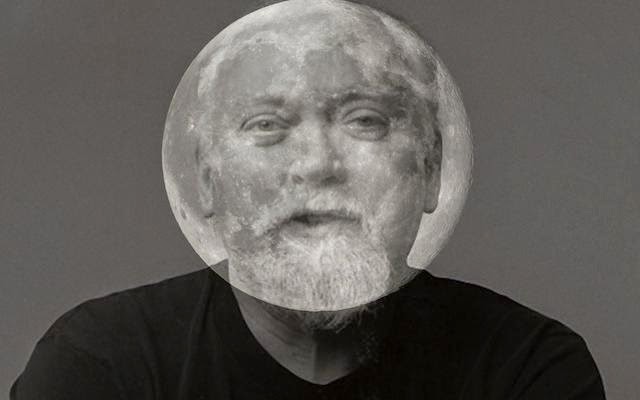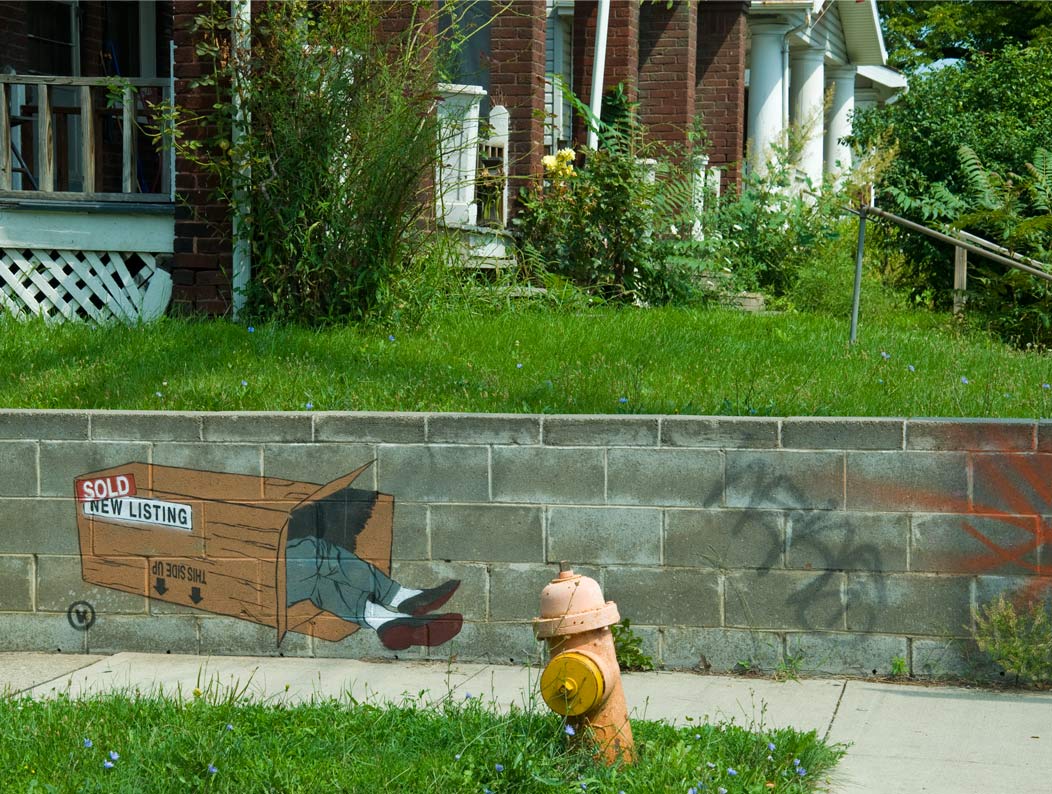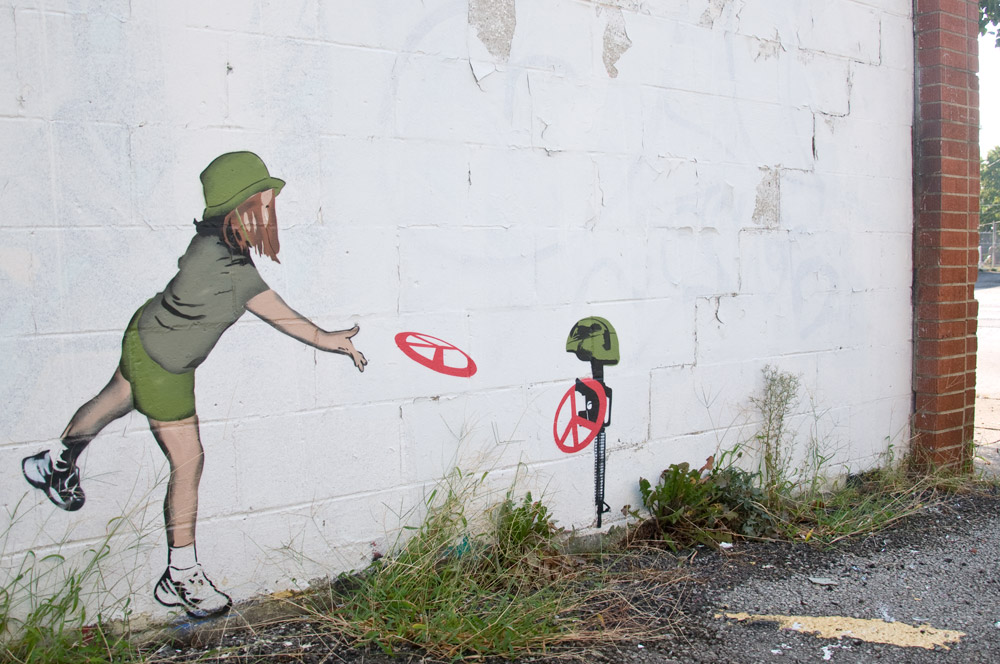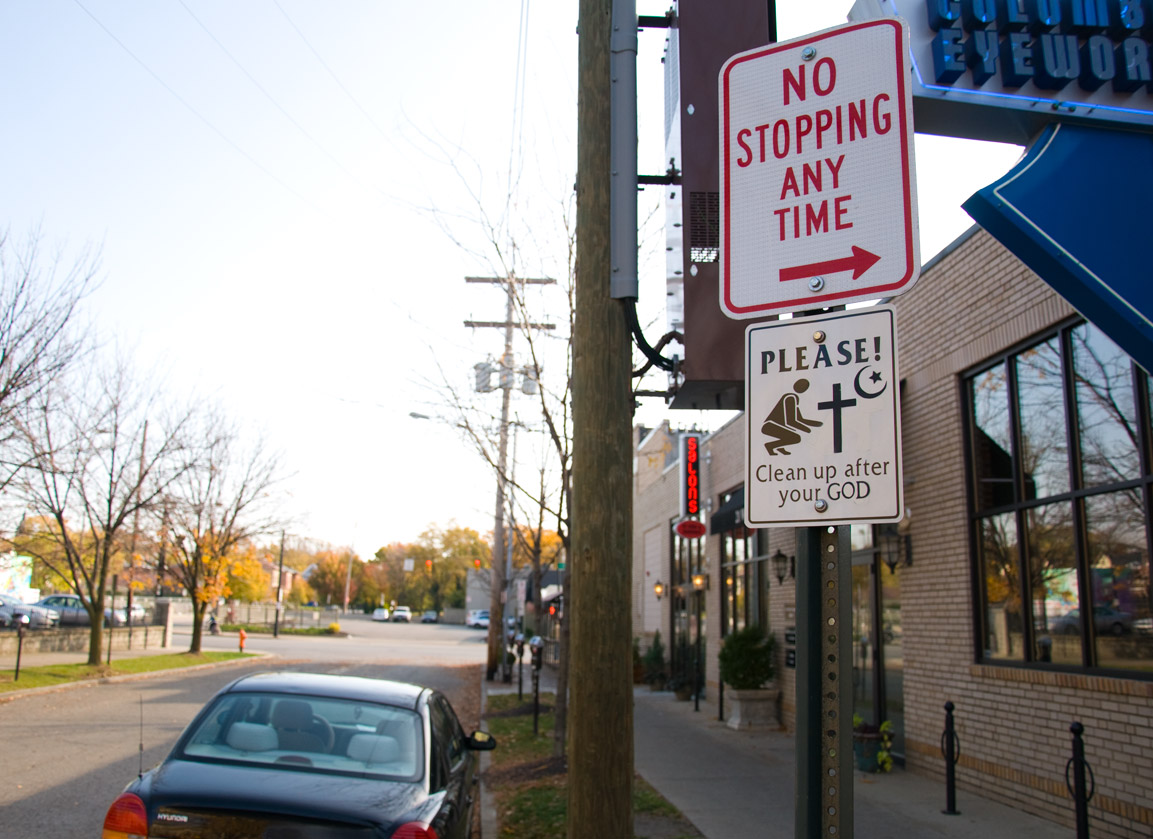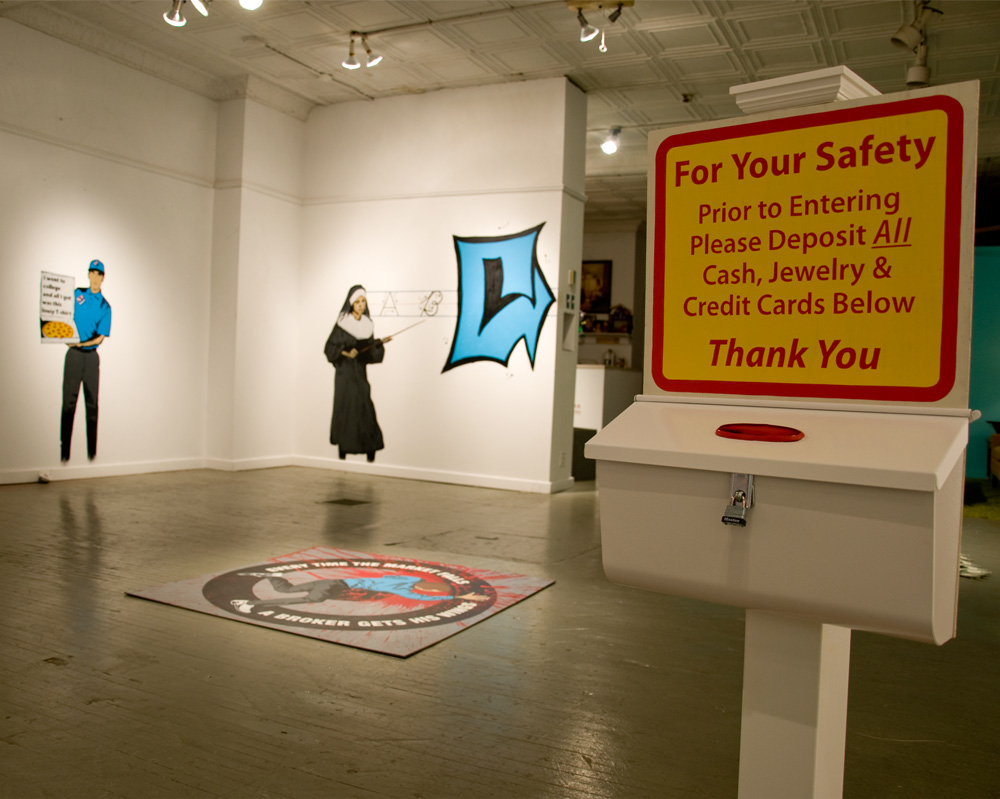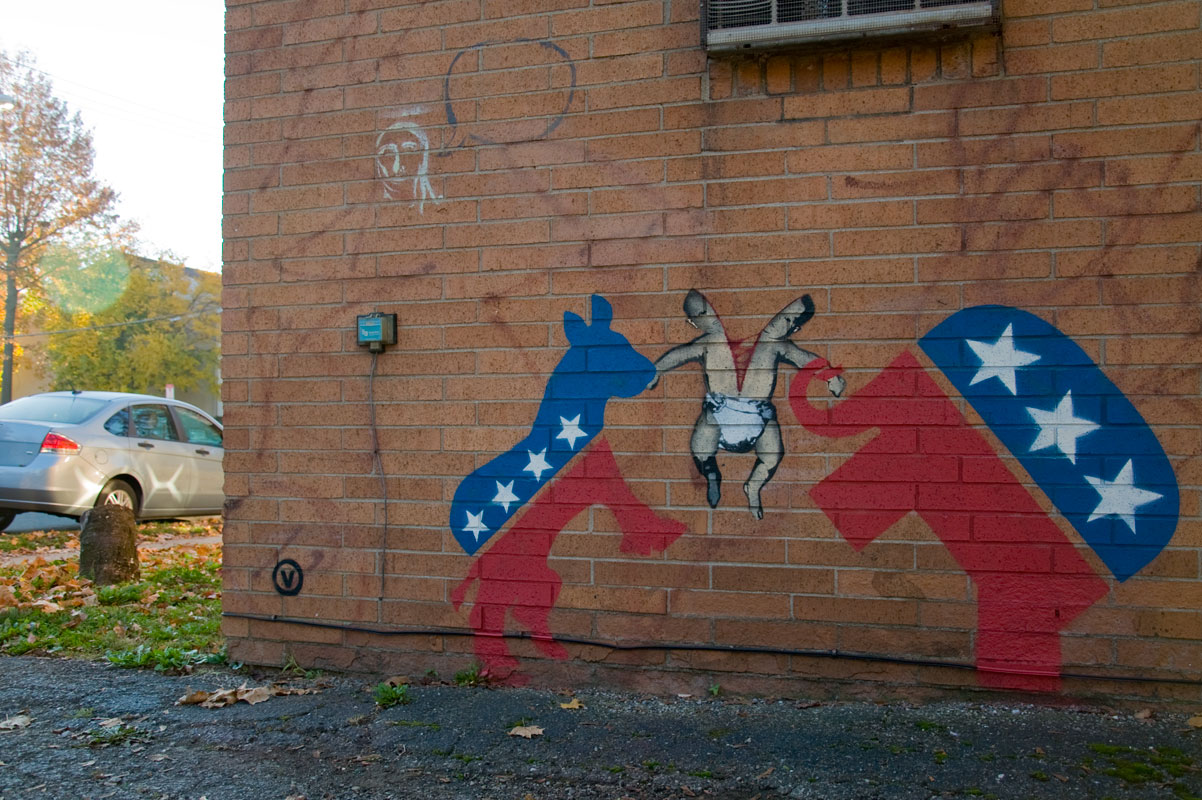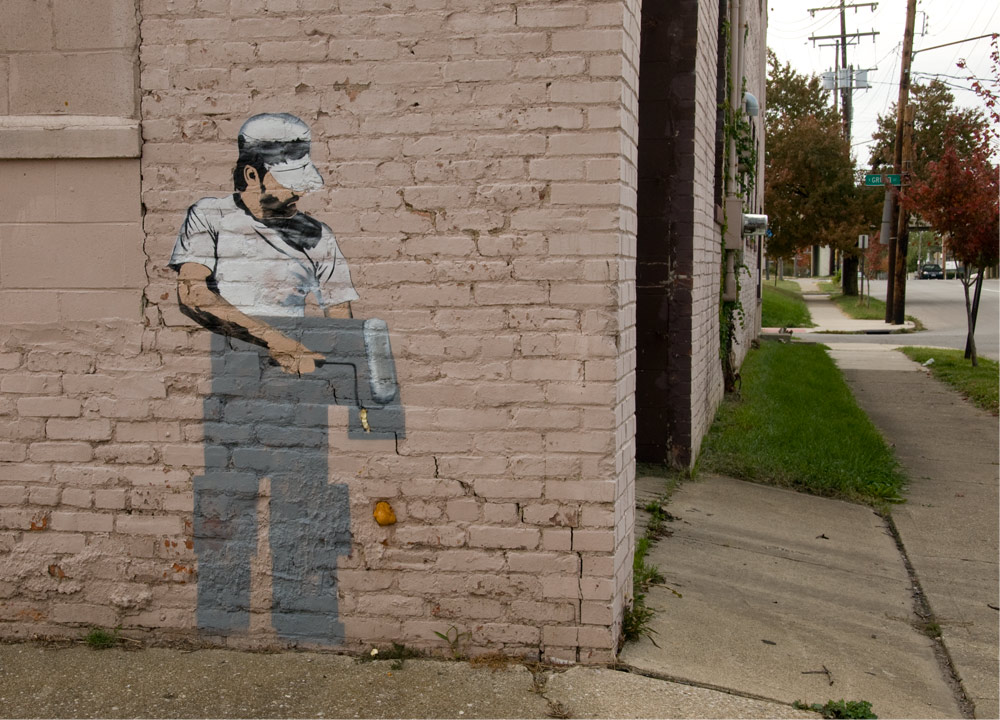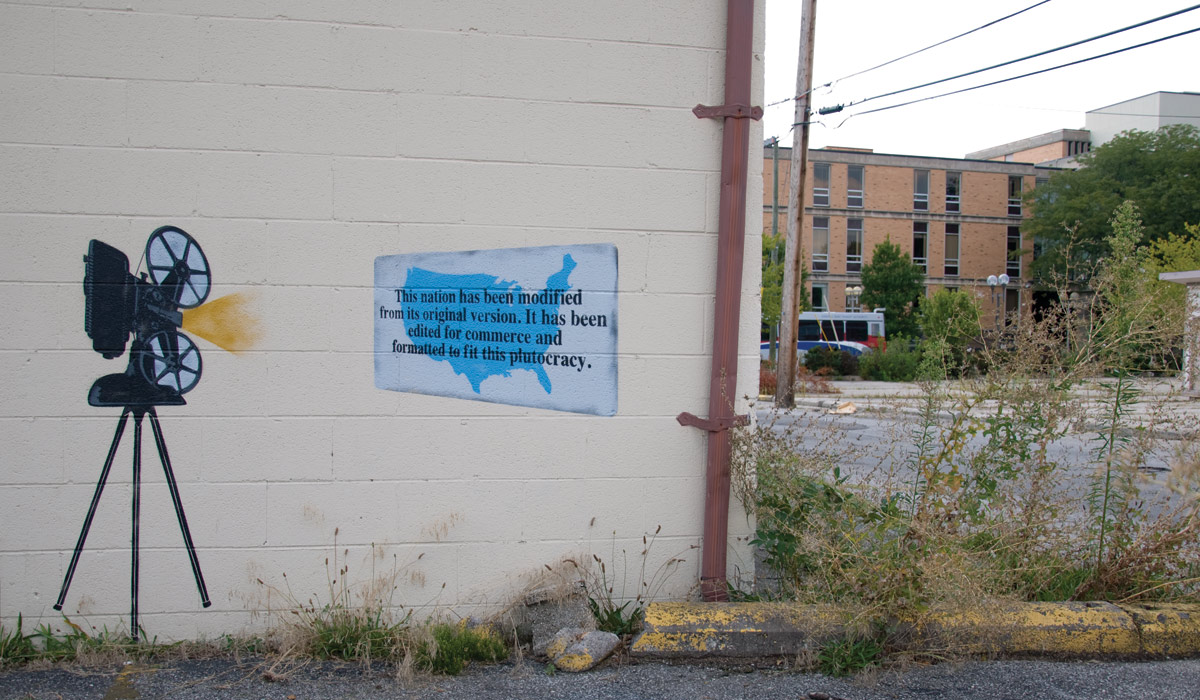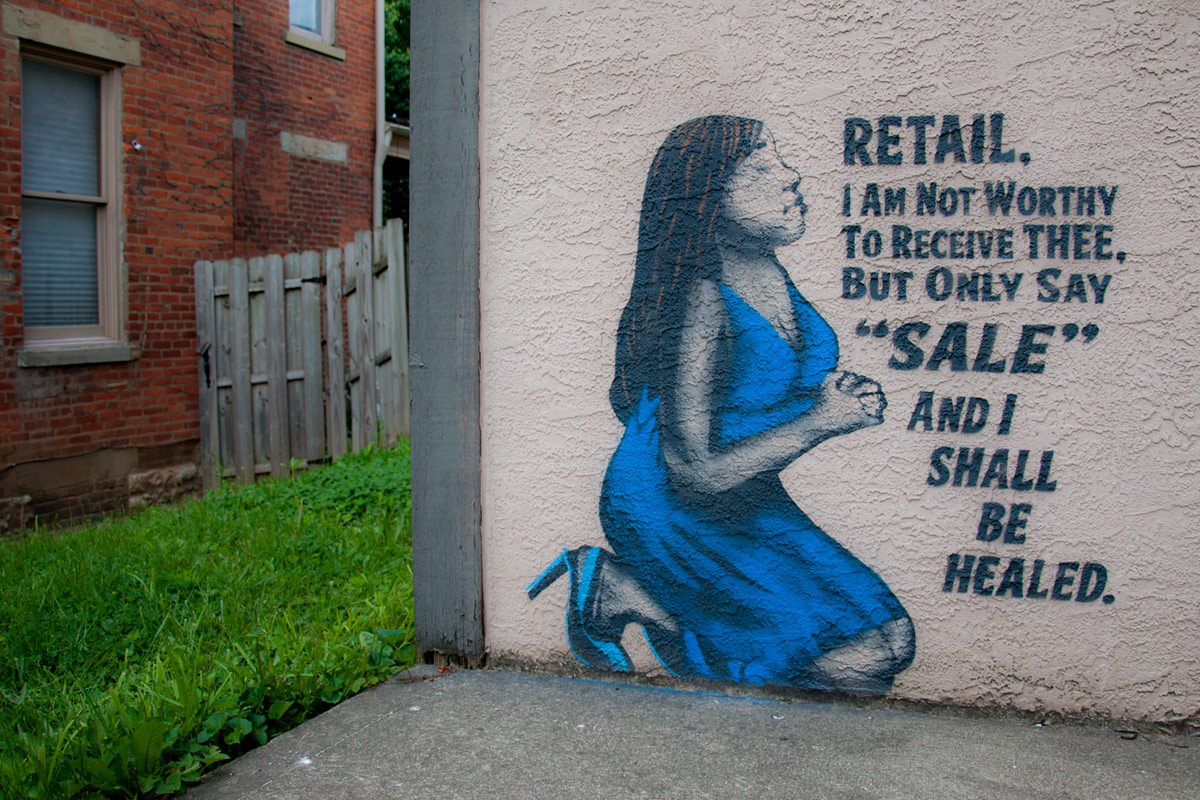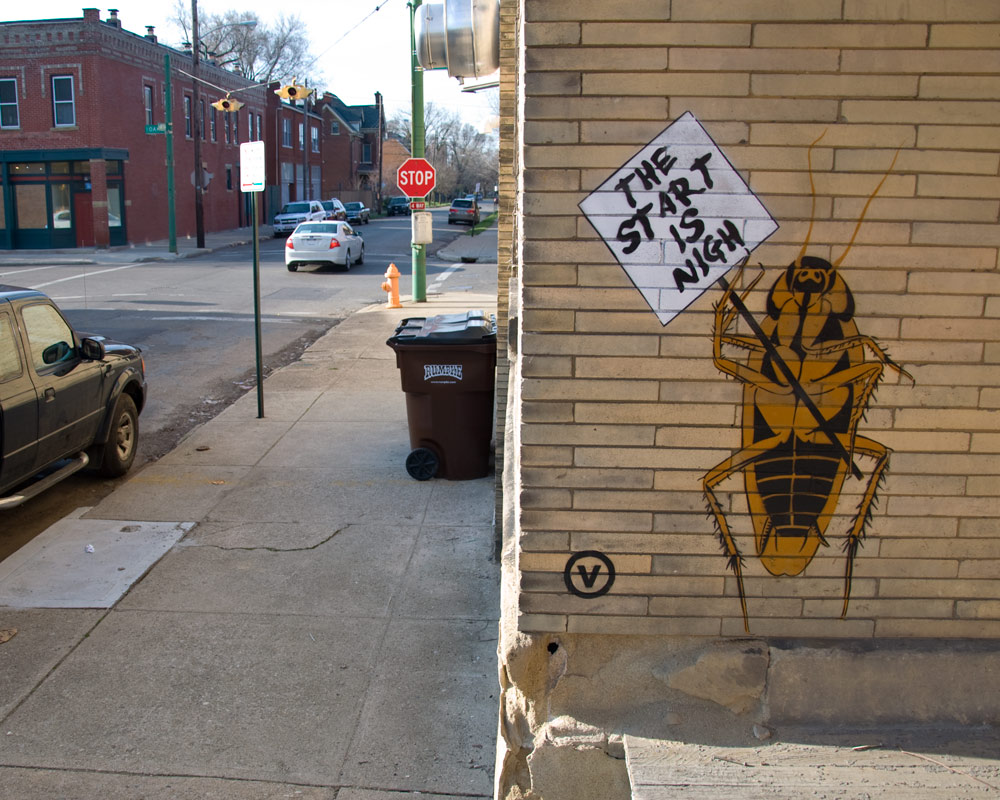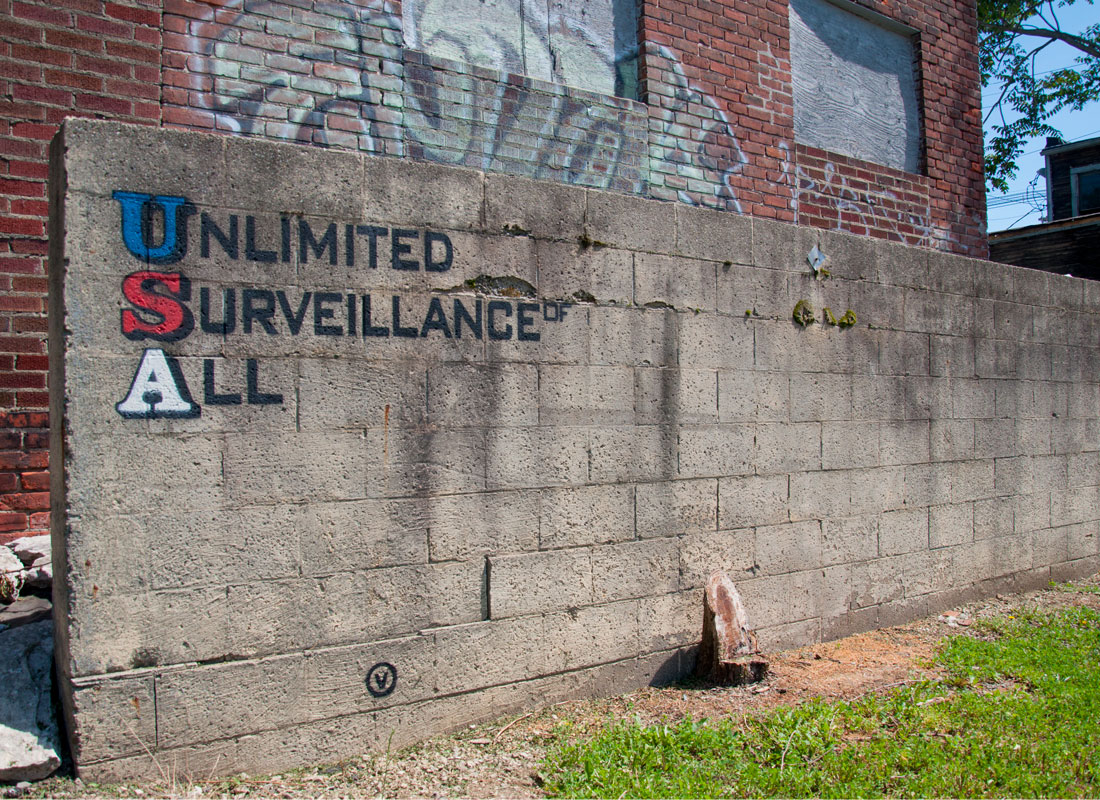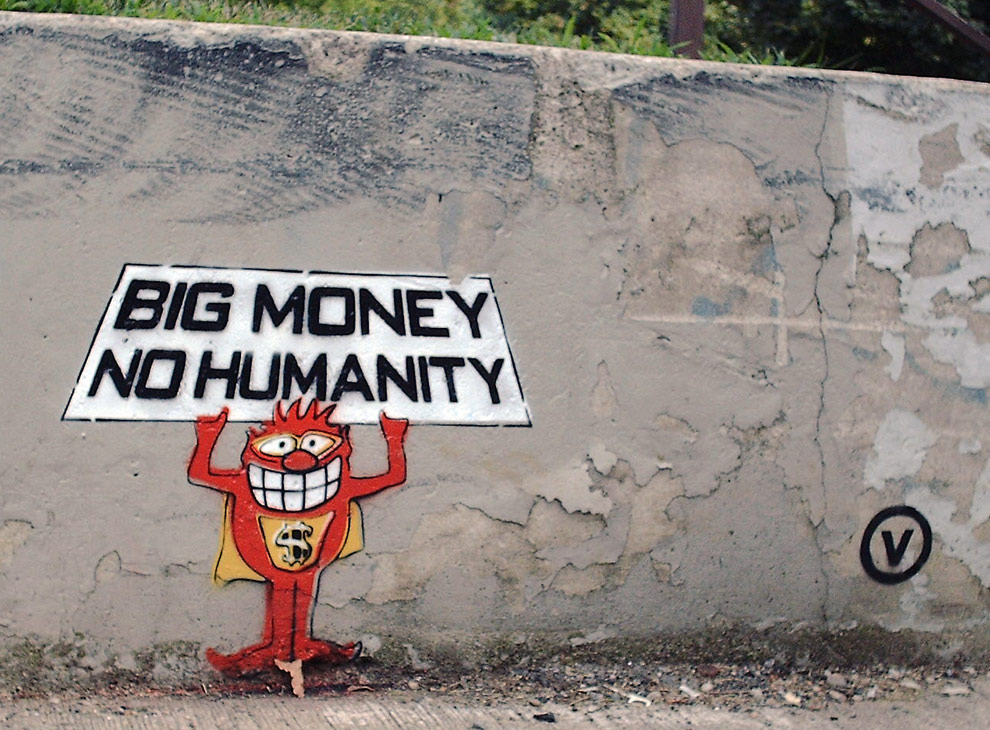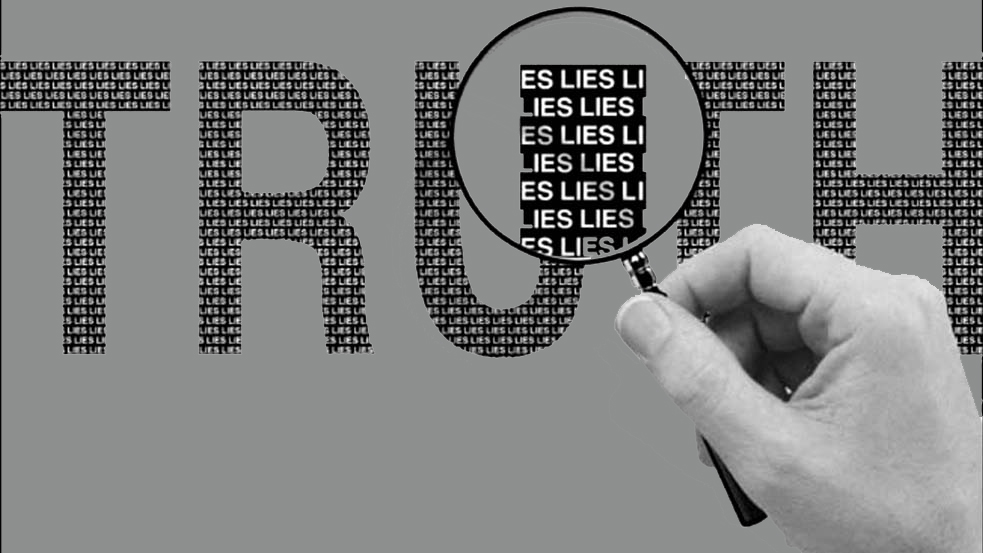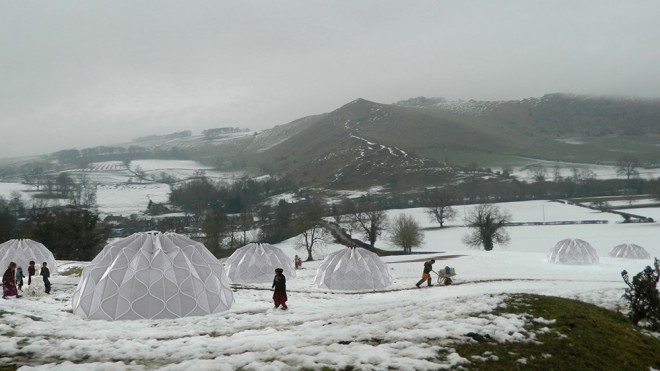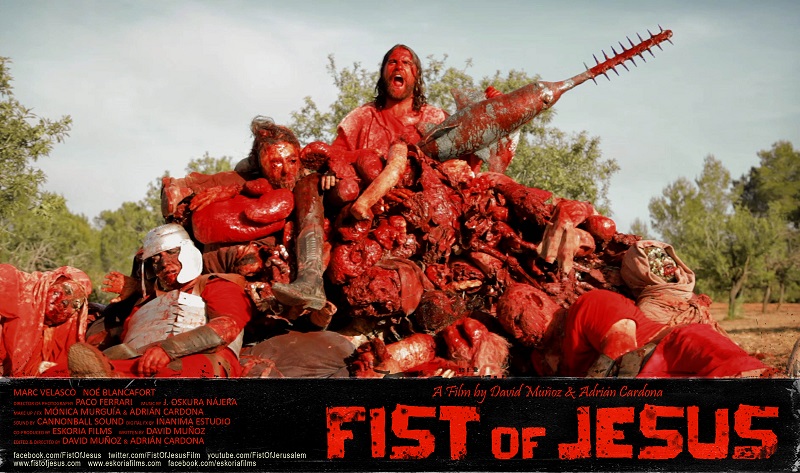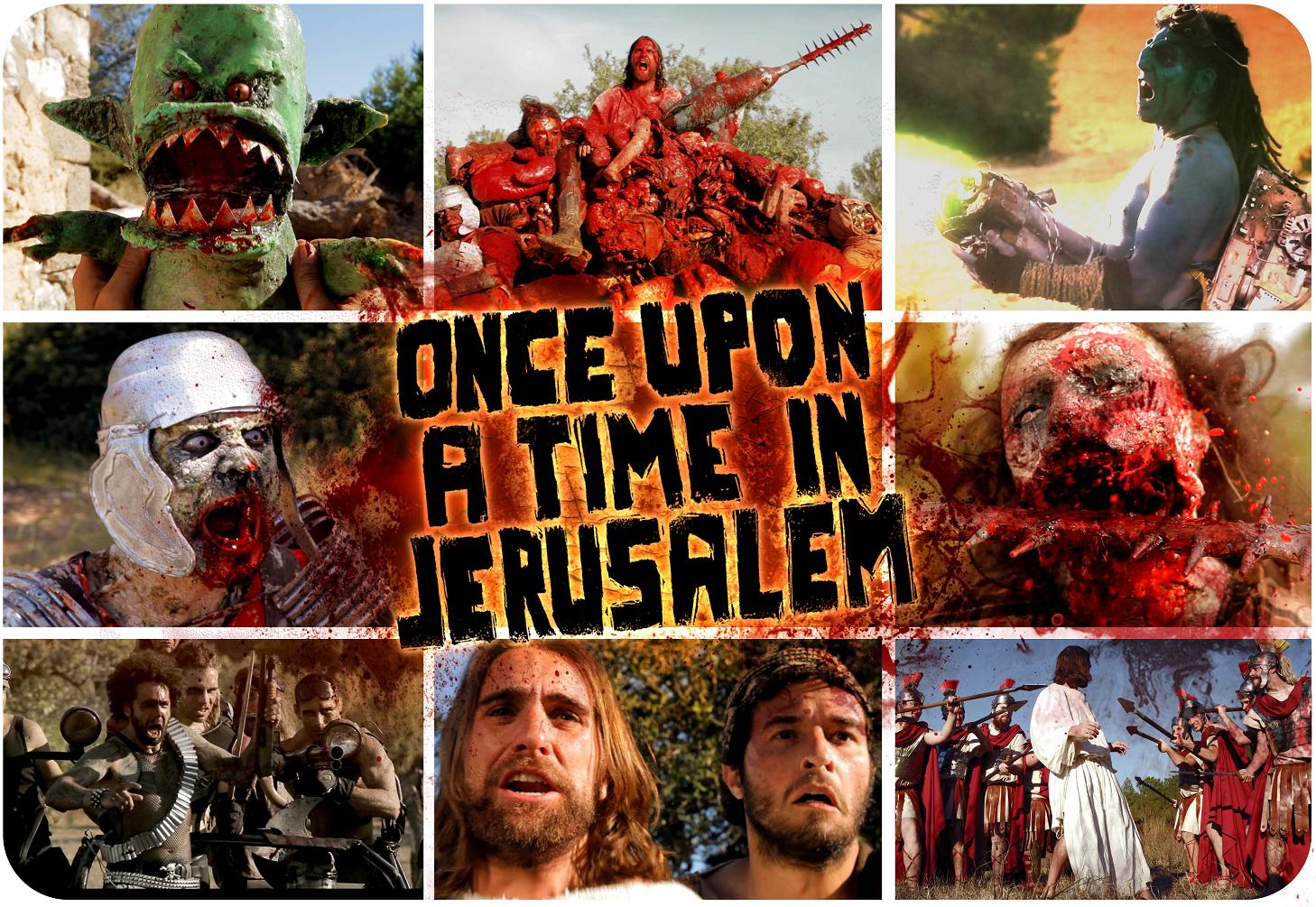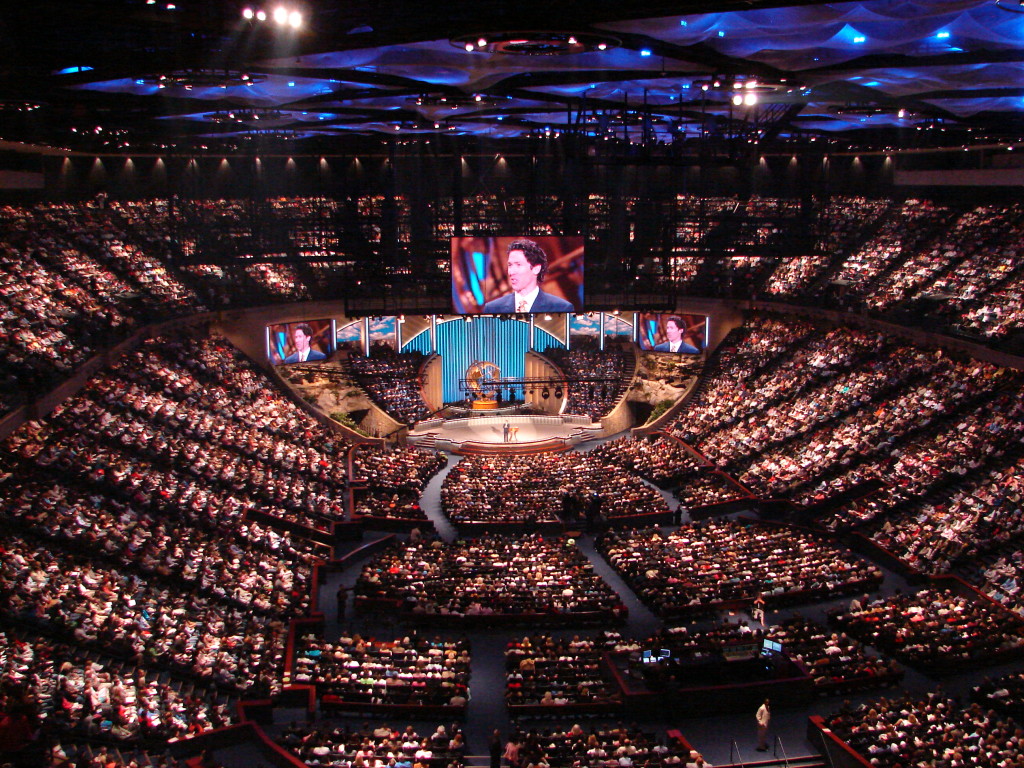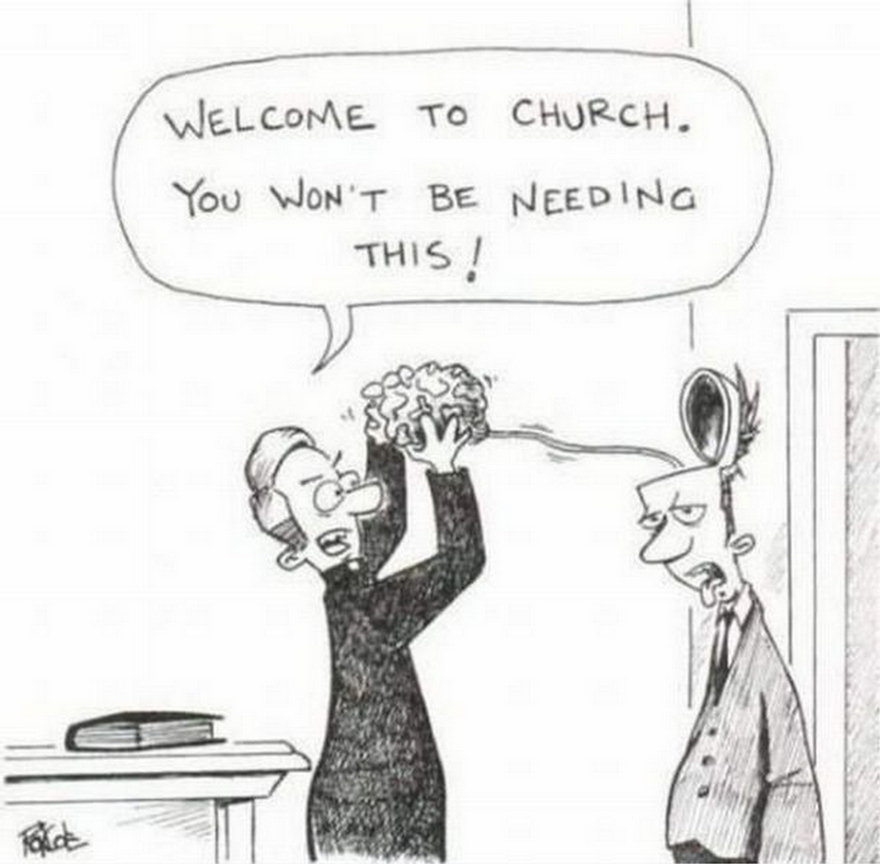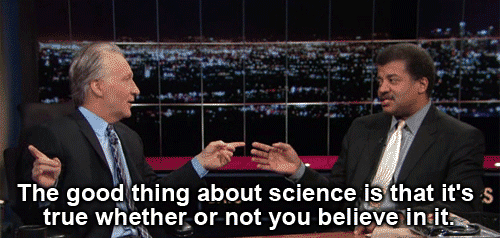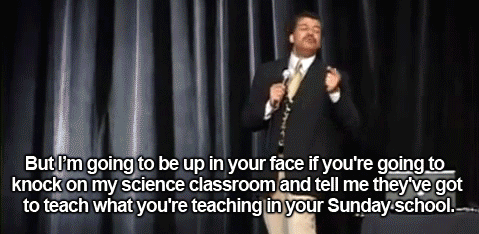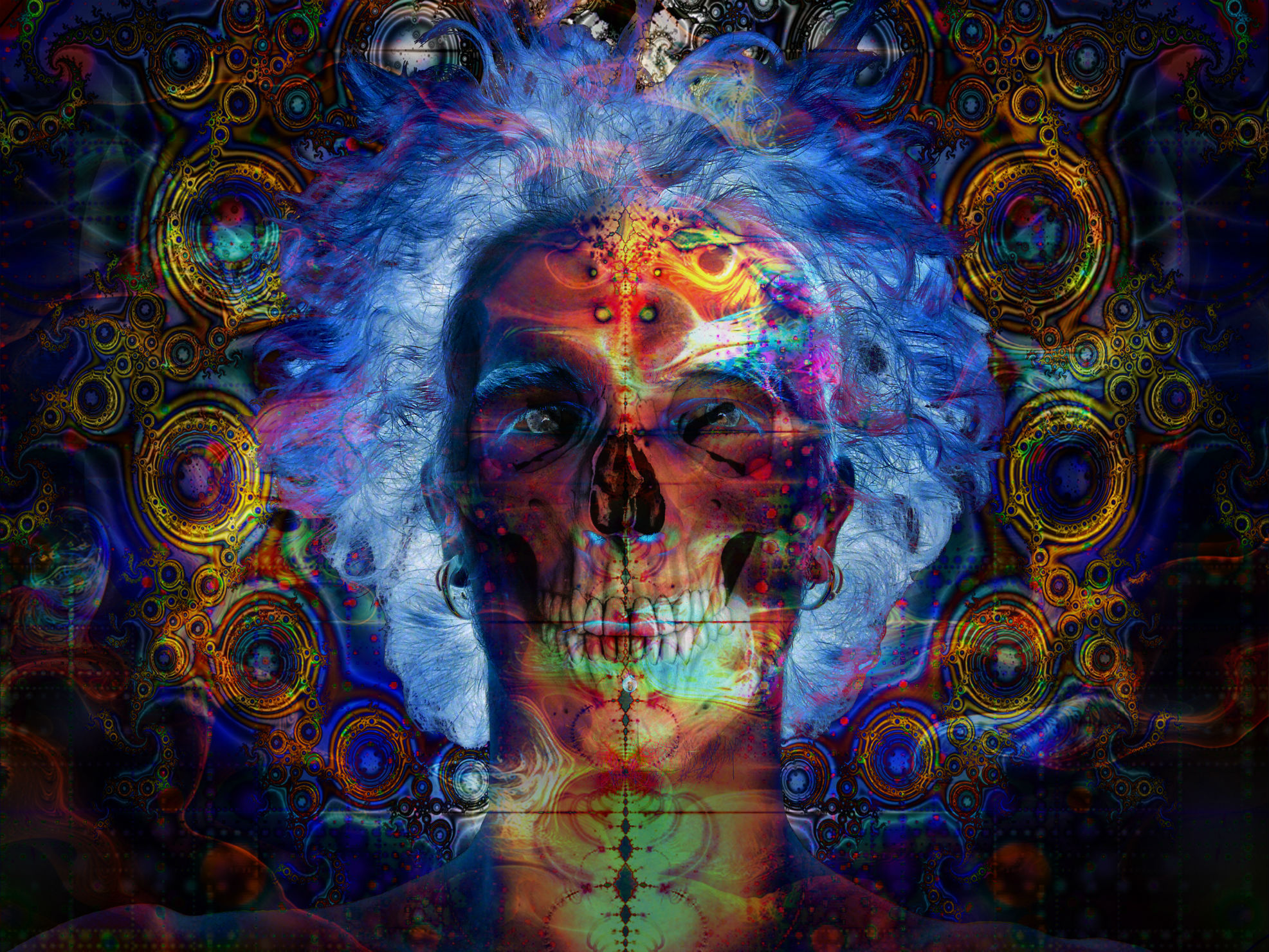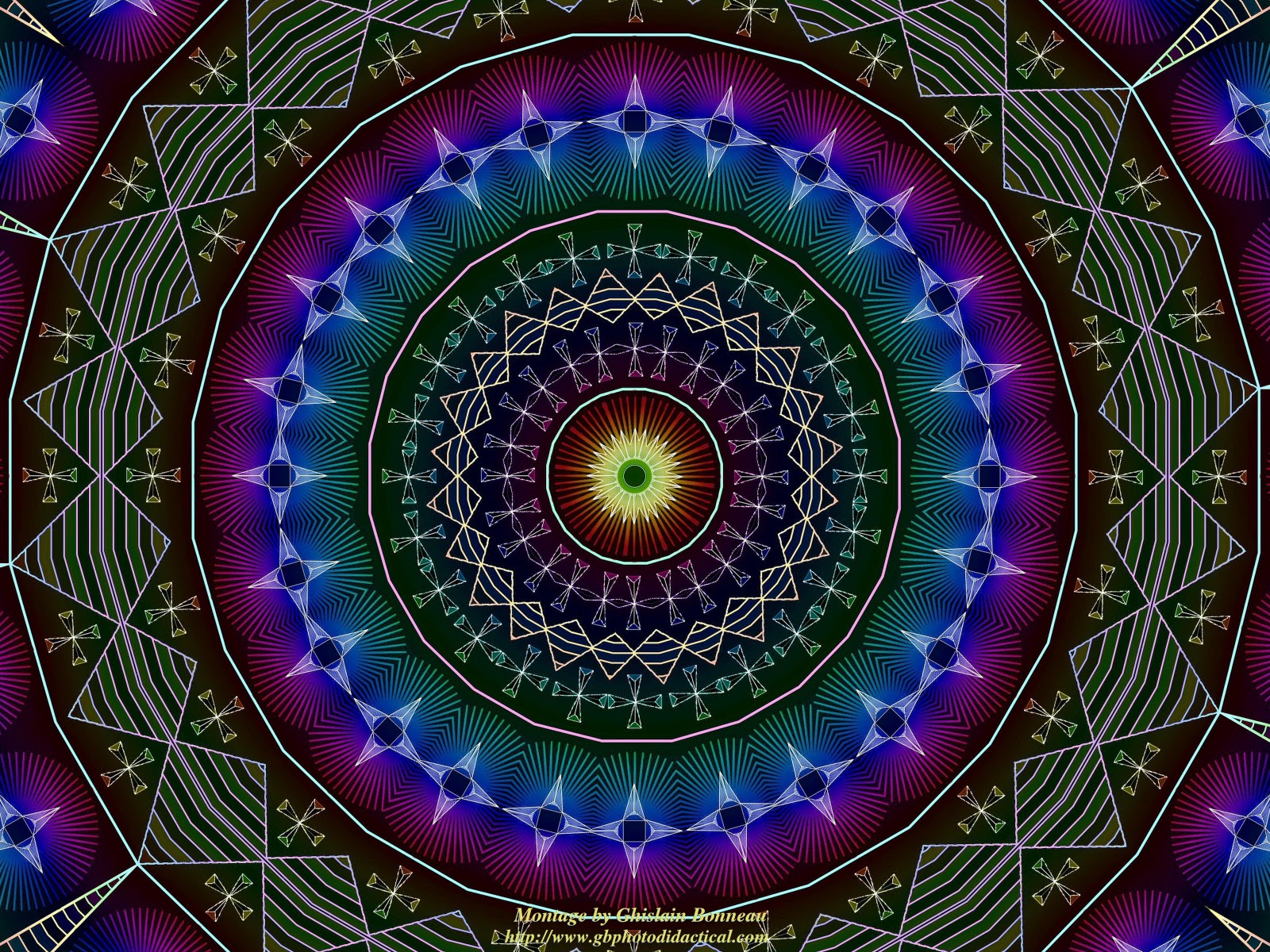
As he guided his followers over the 45 years he taught, Buddha recognized four distinct levels of realization, each marked by a deep and unmistakable experience of selflessness, followed by certain changes in outlook and behavior.
The experience generally occurs during intensive meditation, when the attention has become one-pointed, and follows extensive study and understanding of the basic truths of Buddhism (especially the three marks of existence: selflessness, impermanence, and dissatisfaction).
The four stages of enlightenment are Sotapanna, Sakadagami, Anagami and Arahant. The teaching of the four stages is a central element of the early Buddhist schools, including the surviving Theravada school of Buddhism.
The 4 Stages of Enlightenment

Stream-enterer
The first stage is that of Sotāpanna (Pali; Sanskrit: Srotāpanna), literally meaning “one who enters (āpadyate) the stream (sotas),” with the stream being the Noble Eightfold Path regarded as the highest Dharma.
The stream-enterer is also said to have “opened the eye of the Dharma” and is guaranteed enlightenment after no more than seven successive rebirths, possibly fewer. The stream-enterer can also be sure that he will not be reborn in any of the unhappy states or rebirths (an animal, a preta, or in hell). He can only be reborn as a human being, or in a heaven. The stream-enterer has attained an intuitive grasp of Buddhist doctrine (samyagdṛṣṭi or sammādiṭṭhi, “right view”), has complete confidence or Saddha in the Three Jewels of Buddha, Dhamma, and Sangha, and has good moral behaviour (Sila).
When you become a stream-enterer, you can never again believe that you’re really a separate self that lives inside your head and looks through your eyes. Your experience forever eliminates this illusion. When you look within, you can’t find a self anywhere.
In everyday life, however, you may still feel like a separate somebody and may still get caught up by greed, anger, ignorance, and various other negative feelings and patterns. Fortunately, the stage of stream-enterer also brings an unshakable confidence and dedication to the Buddhist spiritual path, so you’re motivated to keep deepening and refining your realization.
I observe treasures of gold and gems as so many bricks and pebbles. I look upon the finest silken robes as tattered rags. – Buddha
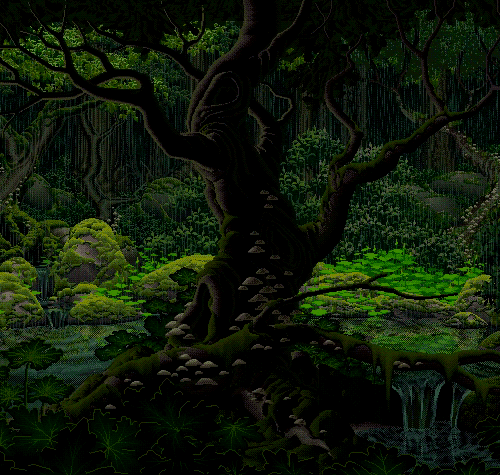
Once Returner
The second stage is that of the Sakadāgāmī (Sanskrit: Sakṛdāgāmin), literally meaning “one who once (sakṛt) comes (āgacchati)”. The once-returner will return to the human world only one more time, and will attain Nirvana in that life.
After you become a stream-enterer, your practice includes reminding yourself of your new realization of “no-self,” as well as paying attention to the ways that you’re still attached and your resistance to life as it unfolds. After a period of time (generally years of devoted practice) in which your concentration gets even stronger and your mind becomes even more tranquil, you have another direct insight into no-self. (Remember, knowing this truth as a concept or memory is one thing, but experiencing it directly, beyond the conceptual mind, is something else entirely.)
This insight (essentially the same as the first but even stronger and clearer) brings a significant reduction in attachment and aversion and the suffering that accompanies these states of mind. For example, occasional irritation and preference replace hatred and greed, which no longer have any hold over the once-returner.
Again, someone who reaches this stage has only one more rebirth before becoming completely enlightened.
I see myriad worlds of the universe as small seeds of fruit, and the greatest lake in India as a drop of oil upon my foot. – Buddha

Never-returner
The third stage is that of the Anāgāmī (Sanskrit: Anāgāmin), literally meaning “one who does not (an-) come (āgacchati)”. The non-returner does not come back into human existence, or any lower world, after death. Instead, he is reborn in one of the worlds of the Rūpadhātu called the Śuddhāvāsa worlds, or “Pure Abodes”, where he will attain Nirvāṇa; Pāli: Nibbana; some of them are reborn a second time in a higher world of the Pure Abodes, but in no case are born into a lower state.
An Anāgāmī has abandoned the five lower fetters that bind the mind to the cycle of rebirth. An Anāgāmī is thus partially enlightened, and on the way to perfect and complete Enlightenment.
After the experience that signals entry to this stage, all of the worst hindrances, such as hatred, greed, jealousy, and ignorance, completely drop away, but a hint of a self-sense (a “me”) still remains — and with it, the slightest trace of restlessness and dissatisfaction sticks around as well. The experience itself is rarely accompanied by any emotion or excitement, just a clearer recognition of what has already been seen twice before. These people appear to be extremely content, peaceful, and without desire, but the subtlest preference for positive rather than negative experiences remains.
I discern the highest conception of emancipation as a golden brocade in a dream, and view the holy path of the illuminated ones as flowers appearing in one’s eyes. – Buddha
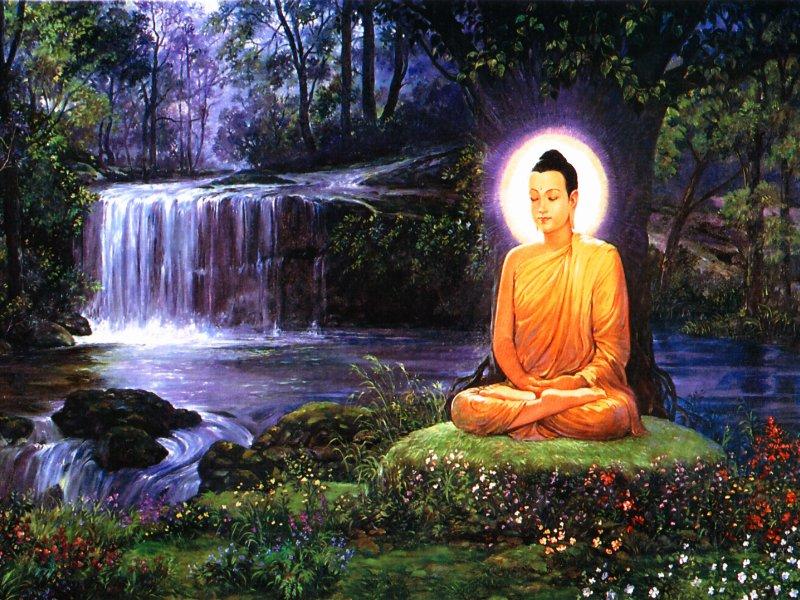
Arahant
The fourth stage is that of Arahant, a fully enlightened human being who has abandoned all fetters, and who upon decease (Sanskrit: Parinirvāṇa, Pāli: Parinibbāna) will not be reborn in any world, having wholly abandoned saṃsāra.
At this stage, the path bears ultimate fruit in nirvana — any residual trace of a separate self falls away for good. The experience, frequently accompanied by unimaginable bliss, has been compared to falling into the depths of a cloud and disappearing. At this point, the circumstances of life no longer have the slightest hold over you; positive or negative experiences no longer stir even the slightest craving or dissatisfaction. As Buddha said, all that needed to be done has been done. There’s nothing further to realize. The path is complete, and no further rebirths are necessary.
I see meditation as a pillar of a mountain, nirvana as a nightmare of daytime. – Buddha
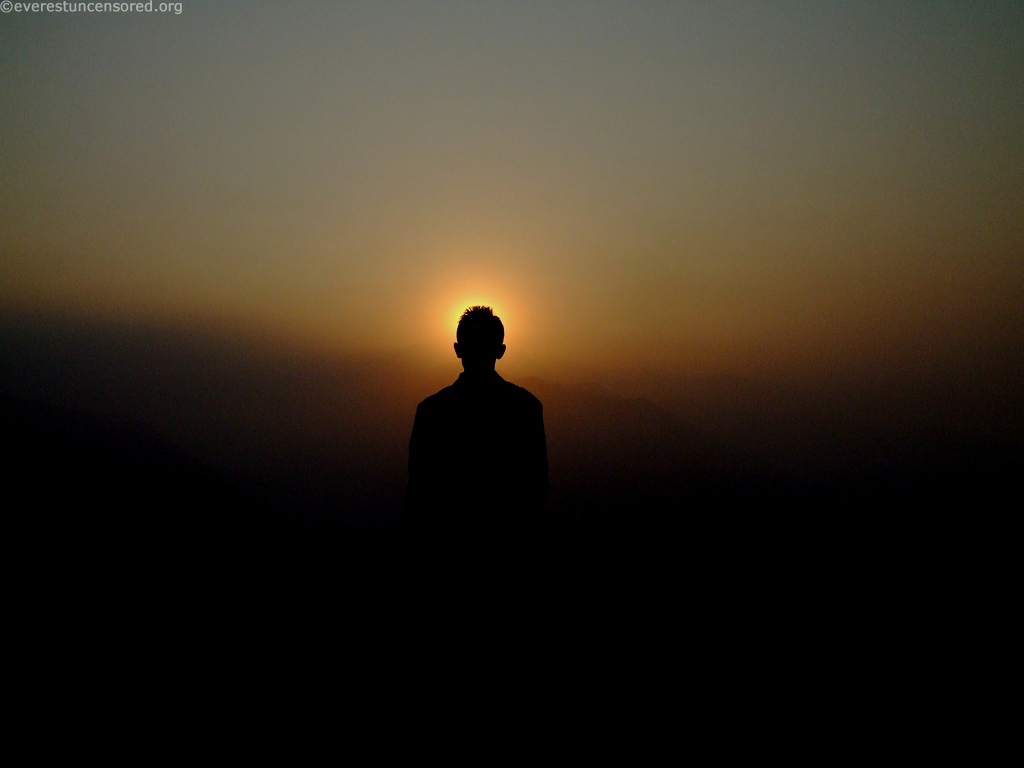
> Four Stages of Enlightenment | Tamqui
> Four Stages on the Path to Nirvana | Dummies
> Buddha | Lucid Cafe

